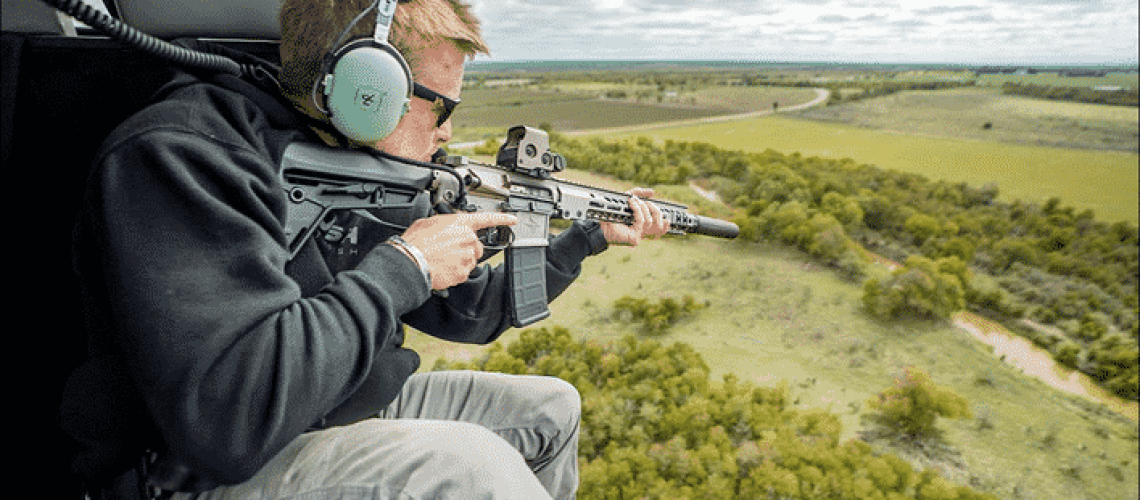What the state and federal government is attempting to do by controlling the biosecurity risk around Covid-19, farmers do every day of the week, they manage pest and diseases by actively deciding between eradication, control and management.
The only difference is farmers operate to a plan, knowing when to go hard with a complete eradication program or accept the reality that the pest or disease is here to stay and it’s time to move to a management plan.
Something we have not seen any evidence of from either state or federal governments.
When was the last time the Premiers or the Prime Minister clarified if their plan is to, flatten the curve, manage the curve or kill the curve? No one knows what the end goal is anymore, and worse there is no alternative views being put by the various opposition parties.
It is clear that government’s and oppositions across Australia are clueless on when to move from one stage to the next and when to cut our collective economic losses when it comes to Covid-19.
Such a chaotic approach would send a farm business broke.
When it comes to pests and diseases like footrot or lice, good farmers will have a clear plan to eradicate no matter what the inconvenience. When it comes to feral dogs or camels’ farmers and pastoralists will come together to hunt and kill and manage their numbers.
In each case they operate to a plan.
But as we are seeing with Covid-19, governments are not good at operating to a plan. Or even communicating what they are thinking, the options they are considering or the cost benefits they are calculating.
As the political pressure has piled on, governments have shown a tendency to panic, go into communications lockdown and cave into those who demand governments take no risks.
Something we have seen time and time again when it comes to policy issues impacting agriculture. Just think of clearing bans, the live export trade, genetically modified crops and glyphosate.
Unfortunately Covid 19 seems to have reset governments risk tolerance and now no risk and no criticism seems to be the only risk they are prepared to accept, no matter what the cost is to the community in coin or economic damage.
The long term implications for agriculture of this seemingly move to a zero risk political culture should be deeply worrying to farmers.
For instance, will a future federal labor government blink at the first hurdle when there is another incidence on a live export vessel, or a new GM or glyphosate activist scare campaign is rolled out?
Just how far will the government go to control the introduction of a new feral animal species if the solution is an untested genetically modified plant or animal.
What will happen if there is a need to shoot or poison vast numbers of native and feral animals in a sensitive national park, or on indigenous owned lands, in a rush to control an outbreak of Foot and Mouth Disease (FMD).
When and not if, there is an FMD outbreak will all the states respond in a unified manner? Will governments lock down regions for as long as it takes, be it weeks, months, years? Will the governments take on the greenies and the activists if eradication requires shooting horses or spraying glyphosate on native vegetation?
From what we have experienced over the last five months all the signs are there that while governments say they have plans in place for biosecurity outbreaks, Covid-19 shows that all plans go out the window when its game on.
Governments give the clear impression they are making it up on the run and any plan is driven by polling rather than any policy platform underwritten by solid economics that calculates the costs and benefits of each and every decision.
Eradication comes at a cost. What is the trigger level that we move from eradication to control? In control how long will the borders stay in lock down at each stage? No one seems to know.
If there is so little clarity around the governments approach to Covid-19 then one suspects there is no solid plan in place for a future major agricultural biosecurity pest incursion, no honest clear thinking of the costs and benefits of the decisions that will face policy makers and farmers.
In Western Australia DPIRD is the responsible department for biosecurity. Unfortunately, after three years of forced amalgamation the new mega department is too shell shocked for farmers to have any confidence in its ability to address a major biosecurity outbreak.
Despite good senior staff it is underfunded and under resourced to do the sort of planning and emergency response that would be needed to manage a serious FMD outbreak.
This is reinforced by the fact that for the last 25 years the State Treasury has been allowed to systematically hack away at the funding of the old Ag Department.
Back in its glory days in the 1980s the Department had 1800 staff with 400 boots on the ground doing biosecurity work. Today the mega department of Agriculture, Fisheries and Regional Development has 1600 staff but less than 800 staff are linked to the agricultural side of the business and under 100 are active boots on the ground doing biosecurity work.
As we have watched the government walk away from biosecurity they have been quietly loading the responsibility onto land owners.
Under the all powerful state Biosecurity Act which came into force in 2013 the government has clearly pushed the responsibility for feral pest control squarely down onto the cheque book of growers.
Farmers and pastoralists are now expected to come together under Recognised Biosecurity Groups to organise themselves and undertake their own feral animal control. They are now our new reserve army for biosecurity defence.
After seven years in existence and despite a great deal of effort by the department, the state has just nine biosecurity groups, with seven of them in the rangelands or along the barrier fence.
A quick read of their annual reports show that a total of less than $3m was raised last year from farmers and pastoralists via their declared pest rates.
This is not the framework to build a defence force to protect our fragile flora and fauna from existing pests let alone respond to a major biosecurity outbreak that risks the future of our grains or livestock industries.
Where are the resources going to come from to quickly put hundreds of trained boots on the ground? At what level are they prepared to go from eradication to management to control? How long will they lock down impacted areas? Who pays?
No doubt DPIRD has their desk top plans but one thing is clear the department no longer has the resources to deal with a major agricultural biosecurity outbreak.
What the state government needs to do is take away the lessons of Covid-19 and invest far more heavily in beefing up regional biosecurity groups and pay volunteer state emergency groups to be ready to step in and help.
The state budget should be matching the biosecurity levy’s not $1 for $1 but $10 for every $1 paid by growers. Its aim should be to build a standing army practised in feral pest culls, that is ready to roll at short notice.
And most importantly the government should pull biosecurity out of DPIRD and turn it into a stand alone department with a $100 million budget. Then they should be set the task of rehearsing and planning for the next big feral incursion with all the eradication vs control options and steps publicly on the table for us all to see.











